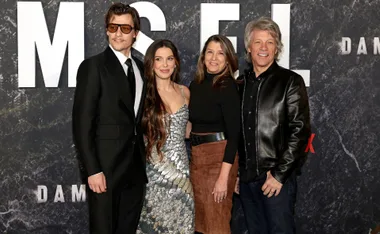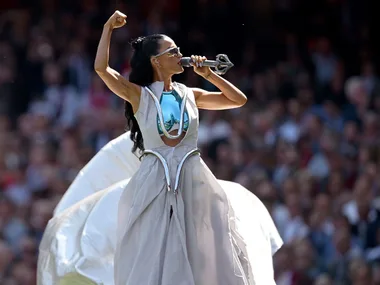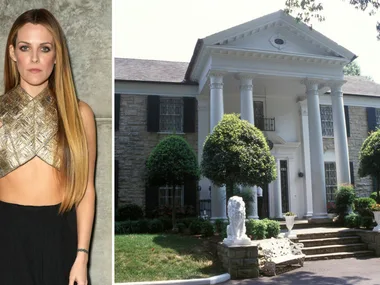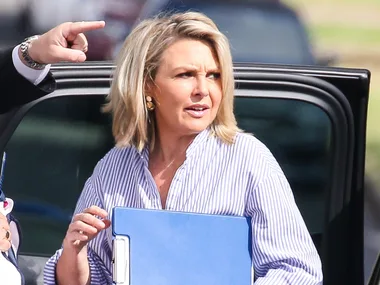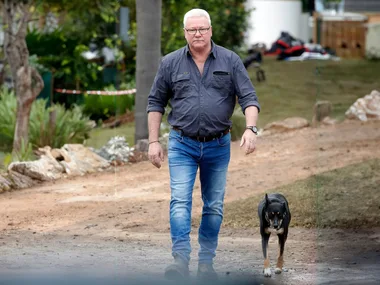I would dearly love to offer a message of hope in the bleak landscape of dementia and maybe I can. The journey with Mum over the course of her Alzheimer’s has been a roller-coaster of ups and downs, and I only wish I knew at the outset many of the things I’ve learned along the way.
I can recall my growing disquiet at the early changes in Mum that turned out to be harbingers of the disease; the horror blow of the diagnosis; the overwhelming concern and ache I felt for her as she struggled to come to terms with a reality and a sense of future irrevocably damaged by the disease and its fearsome promises. I recall my own struggles as I endeavoured to partner her effort, by slowly picking up things she had done for herself, as aspects of her capacity and insight gradually declined.
Thankfully, I soon realised that just because Mum had a fatal disease and was slowly changing, it did not mean that she was not still wholly present and living her life fully day to day. There was no reason to panic, or to diminish her by somehow seeing her as less of a person. As Alzheimer’s Australia has pointed out, “Life doesn’t stop when dementia begins”.
Our partnership through those early years was shaped by us talking things through and by her fierce determination that just because she had received a “bugger” of a diagnosis, she was not about to turn up her toes and quit enjoying her life and her freedom, or become a passive creature whose life was lived at the whim of others. The approach I took is perhaps best summed up by the wonderful suggestion to carers to “help with one hand behind your back”. Meaning that, all too often, our efforts can be driven by our own emotions, rather than a respectful focus on the person we are supporting. To bustle into their space and their life presuming that, all of a sudden, they need to be organised as you see fit is a massive invasion and disrespect at the very time that they need validation, affection and room to find their own ways of adapting.
Mum sensed and experienced the stigma of dementia, even though so many people respect her. How frustrated and fearful would you be if you could not only no longer do all the things you could before, but were thought less of for it? If you were always being treated like there was something wrong with you as a human being and you feared your options and people’s respect for you as a person would worsen further as your disease progressed.
I learned during those years that the key to mutual happiness in such a relationship is to live in the present. And that means coming to understand that Alzheimer’s involves slow progressive damage to parts of the brain. That this causes a gradual diminution of capacity, but, depending on the type of dementia, the areas of damage are likely to only partially affect the functioning of the person and worrying about it in advance is pointless and burdensome. And if, for example, Mum kept doing something that was “irrational” or repetitive, she wasn’t doing it to annoy me.
She couldn’t help it, it was not her fault. Rather than be annoyed, or try and reason with her, it was by far better for me to recognise that those dead brain cells were letting her down and that the wisest thing I could do was simply to accept the reality of this, and relate cheerfully to her in her own altered world. We cried sometimes, but we laughed out loud way more often.
I also learned, importantly, that as reason and sequence become muddled, a person’s emotional life, their sensitivity, their ability to be hurt or to enjoy, are as vivid as ever, if not more so. All I had to do was tune into Mum deeply – to meet and connect with her as she was, in that moment – and she was as vibrant as ever.
Working this out unlocked the door to maintaining a happy relationship with Mum as she changed – my love for her, my sense of her individuality, her history, her preferences, her qualities, all the things that roll into creating a multi-dimensional sense of a whole person – these were still part of the mix. And from that space you assume an increasing responsibility, if you can, for enabling them to enjoy their lives – you handle more of the practical things and you focus on maintaining an environment and atmosphere that are relaxed and happy, and conducive to things they enjoy. My job was to support and quietly enable Mum to do and enjoy as much as possible, for as long as possible.
This feeling – that if only I’d had access to the knowledge and attitudes that I’ve now come to, that if we lived in an informed society that did not stigmatise and exclude people with dementia, then it would have been much easier for both of us and the burden of grief that is so much a part of the journey could have been immensely lessened – now motivates me powerfully.
It means, now that Mum has moved to residential care, that I am passionate about campaigning for extensive dementia reform in Australia. We know that quality residential care, based wholeheartedly on the attitudes I outline above, is possible and need cost no more than the substandard care that prevails. We know that people want to stay in their homes for as long as possible and we know that family carers want to do the best they can for their loved ones, but we need an informed, supportive community and vastly improved services to make this possible.
We know that if we were to become a dementia literate society, there could be less stigma, ignorance and fear, and that people facing a diagnosis of dementia in that context would be empowered to live engaged and active lives of dignity. We know that if we spent enough money on research and risk reduction, it would help create a future where the impacts of dementia are far less than we are currently facing.
We know that you can live a good life for most of the dementia journey, given a proper chance. For us to work together to create a future where anybody diagnosed with dementia has this chance would be to help Mum’s dream when she went public with dementia to come true. Now that would be a legacy and, as we face the prospect of a million Australians having dementia (and many times that who love and care for them) by 2050, it is one that all Australians deserve.
Sue Pieters-Hawke is Hazel Hawke’s daughter and co-chair of the Minister for Ageing’s Dementia Advisory Group.
For information about Alzheimer’s or other dementias, phone Alzheimer’s Australia’s national Dementia Helpline on 1800 100 500 or visit alzheimers.org.au.
To donate to the Hazel Hawke Alzheimer’s Research & Care Fund, phone 1300 306 293 or visit the website above.
Newsletter conversion description. Get the latest in your inbox.






























